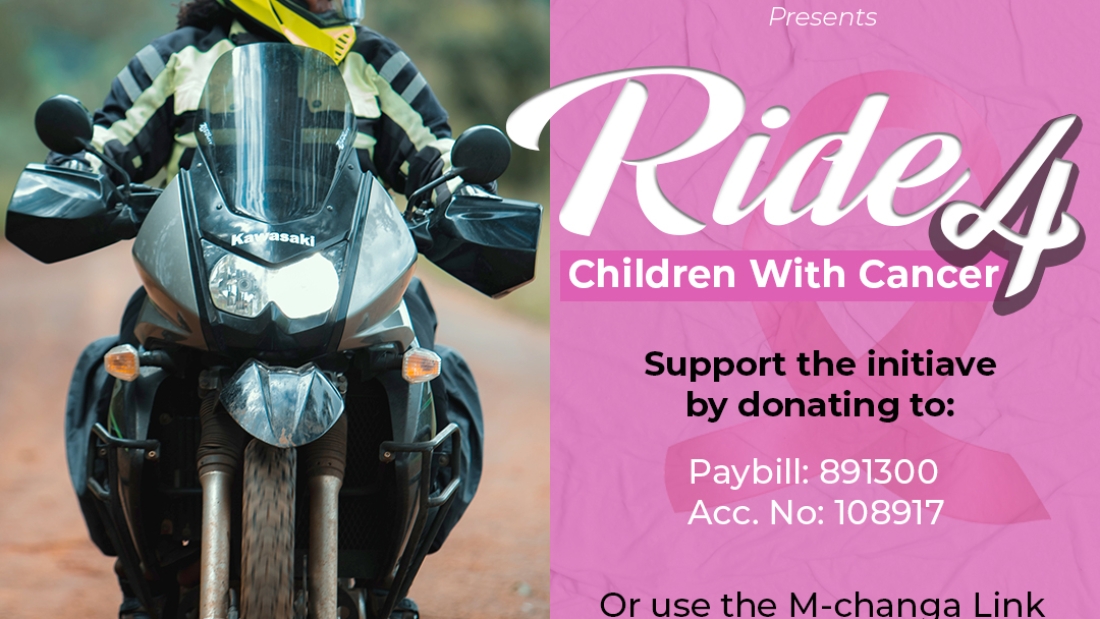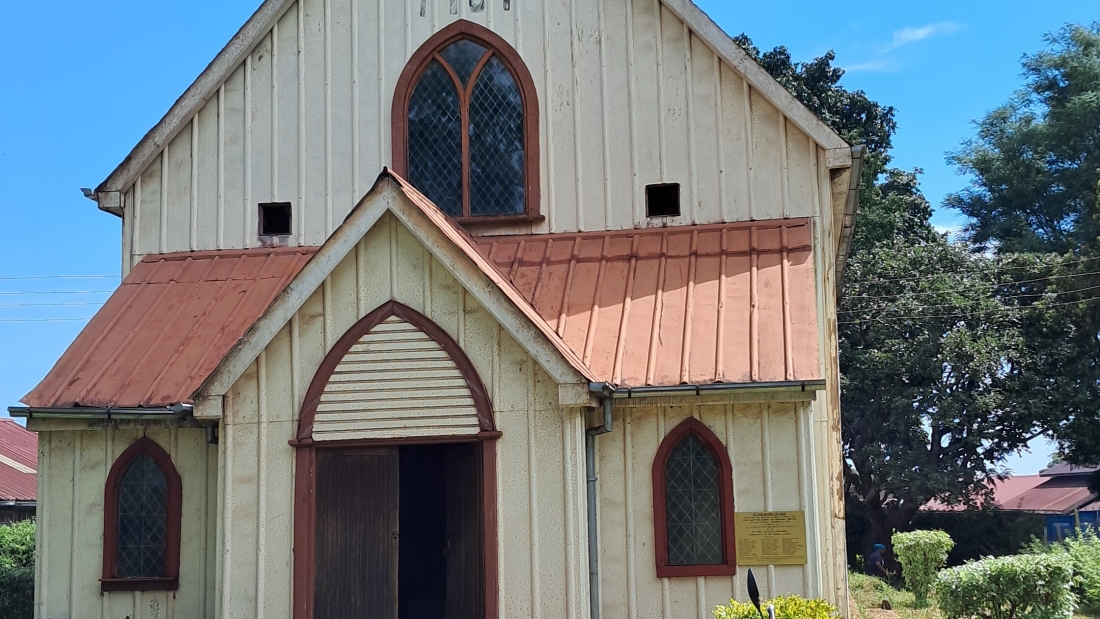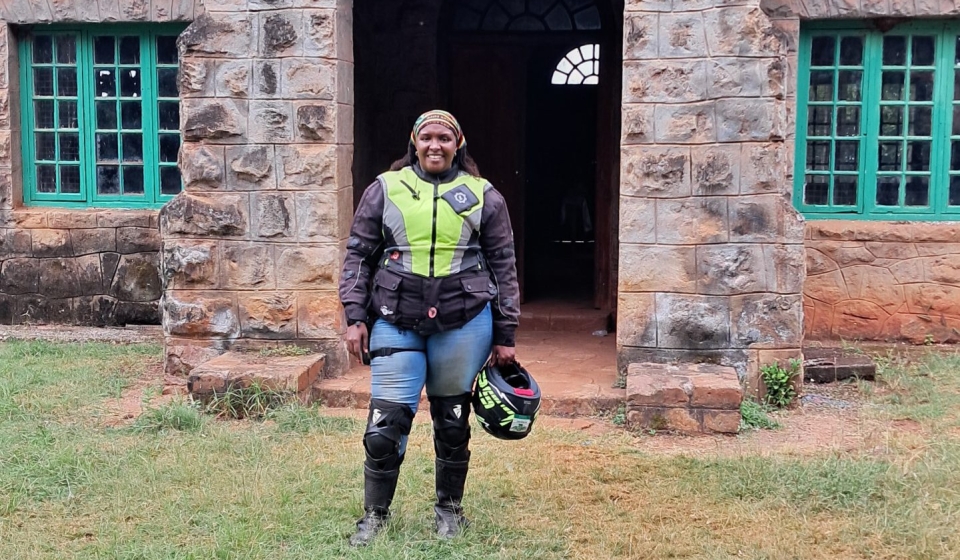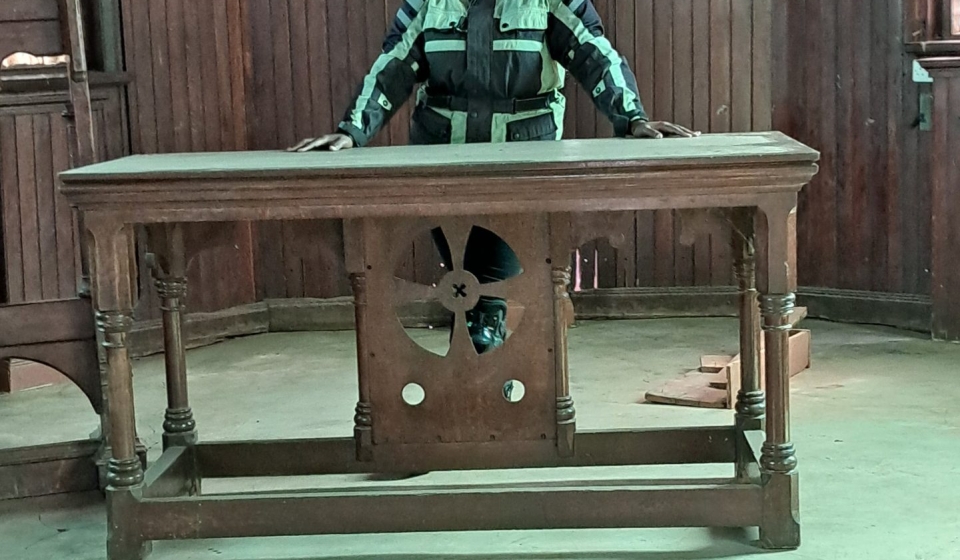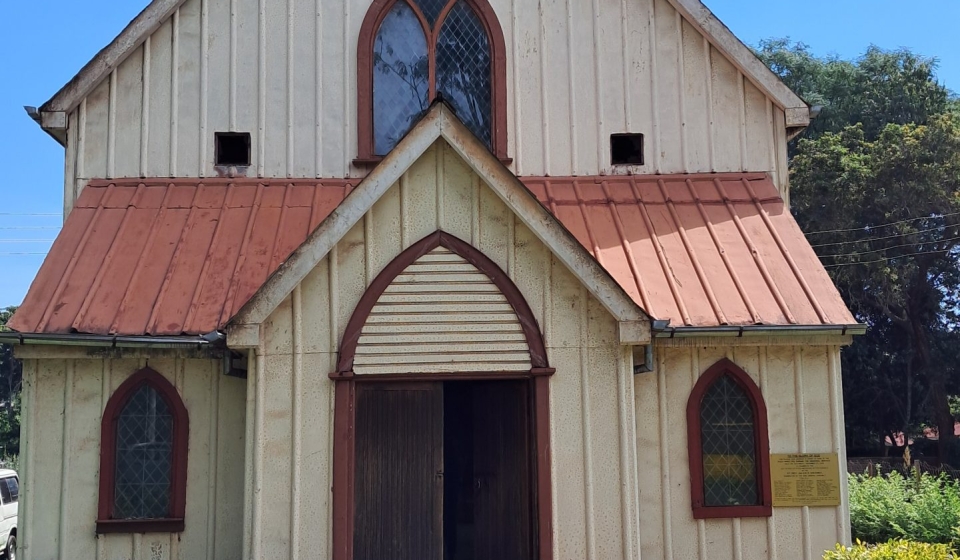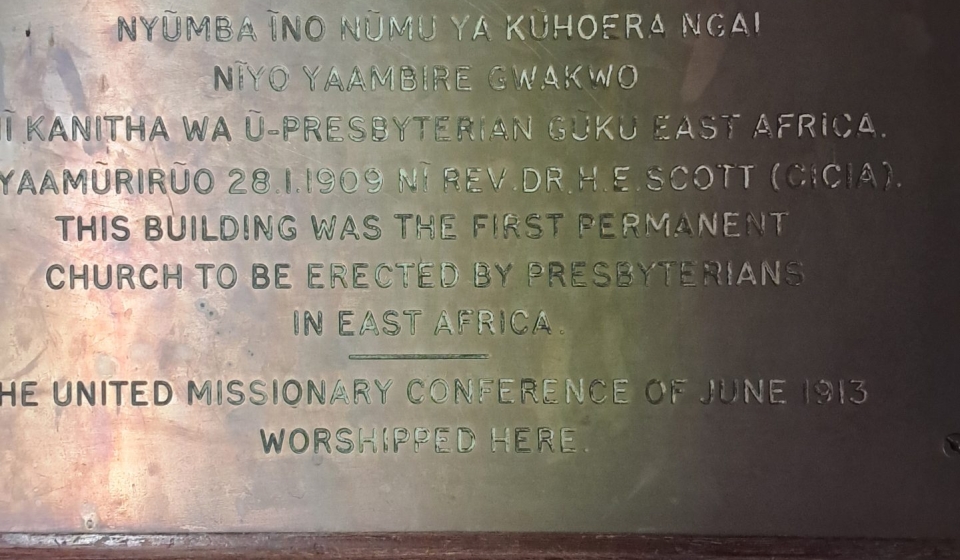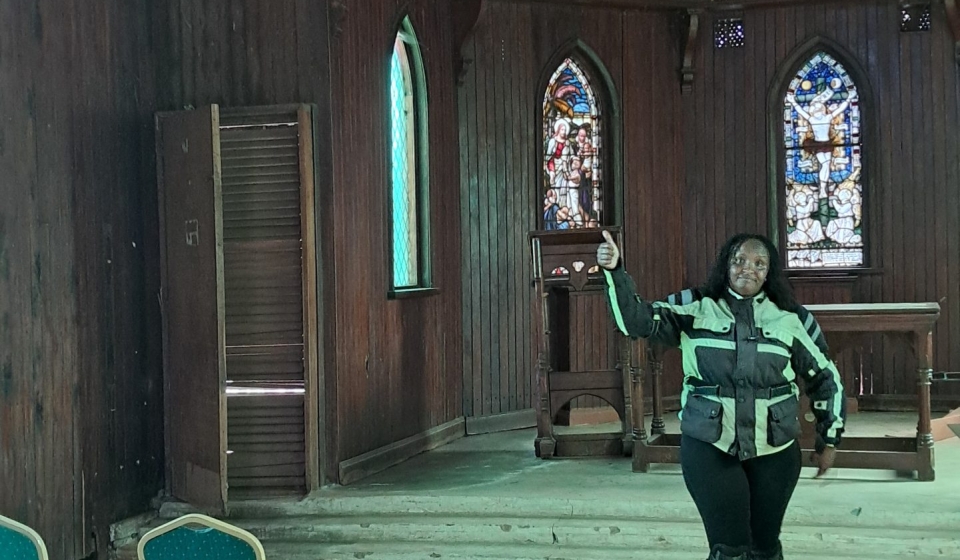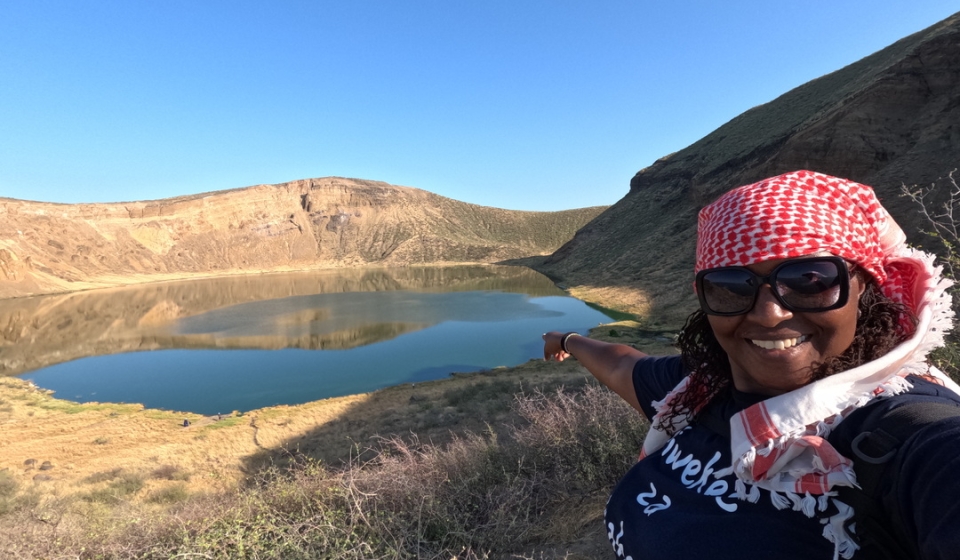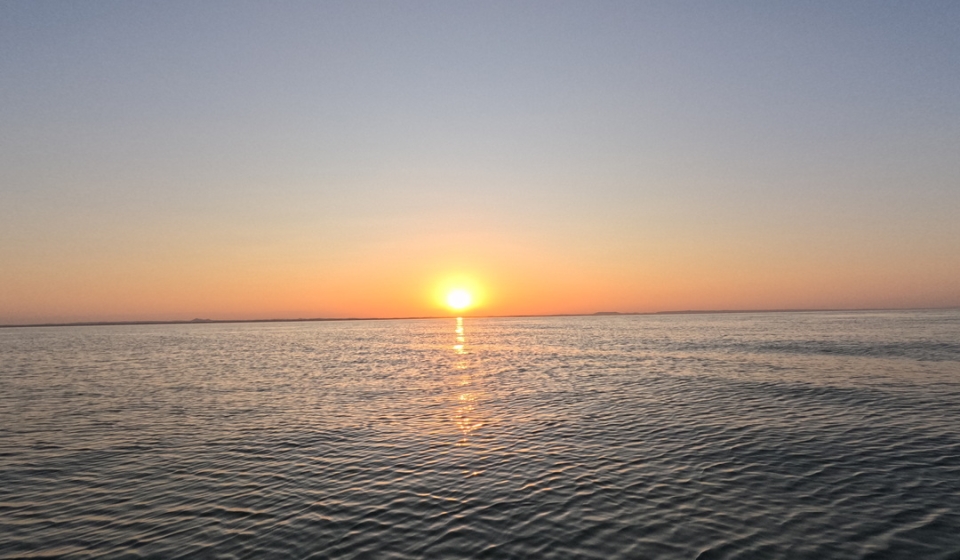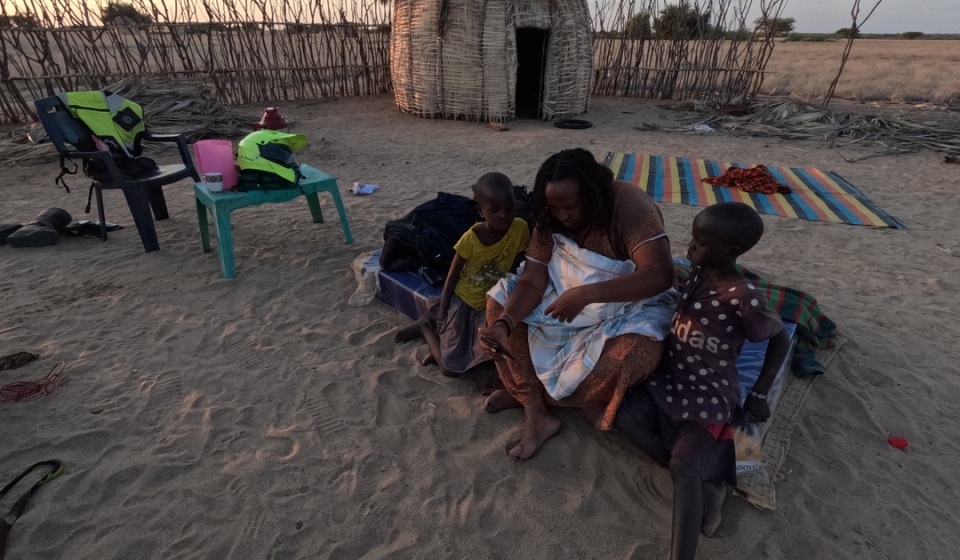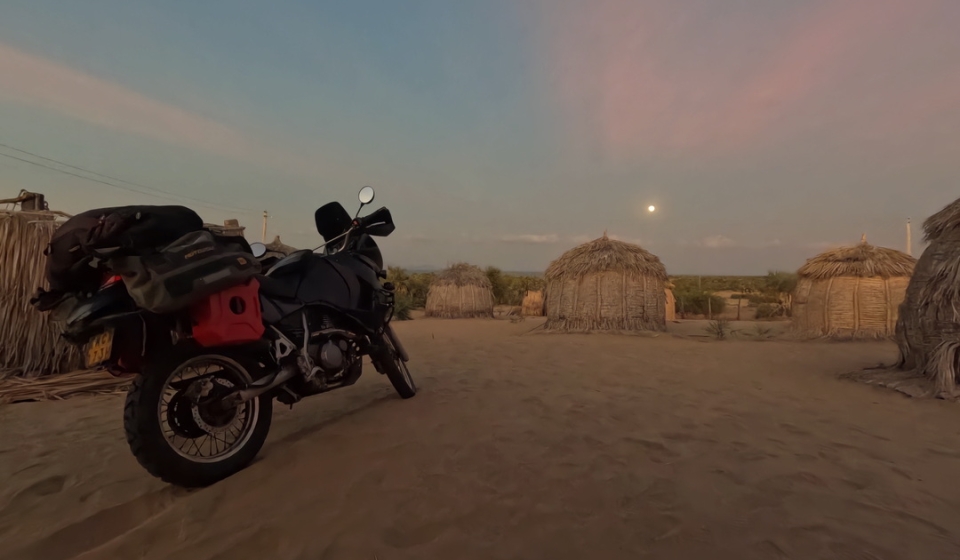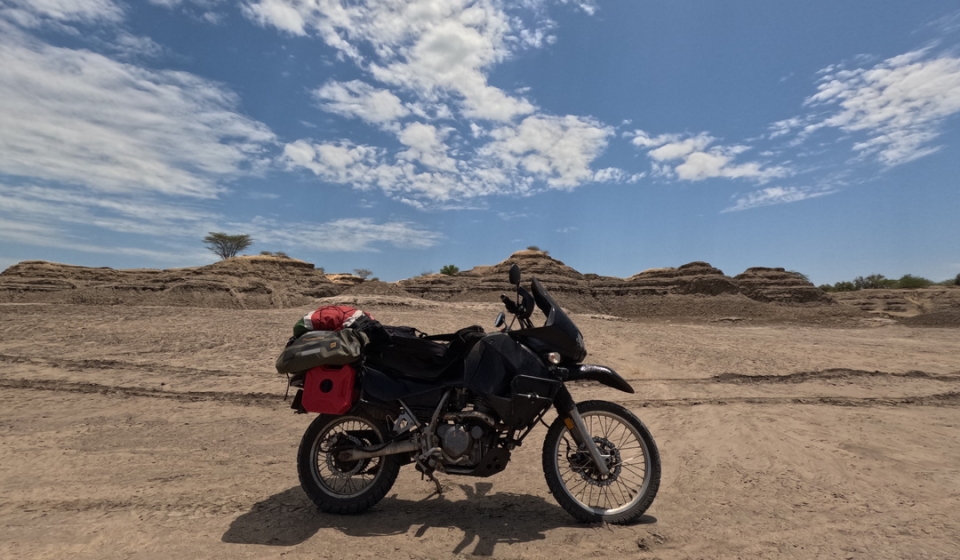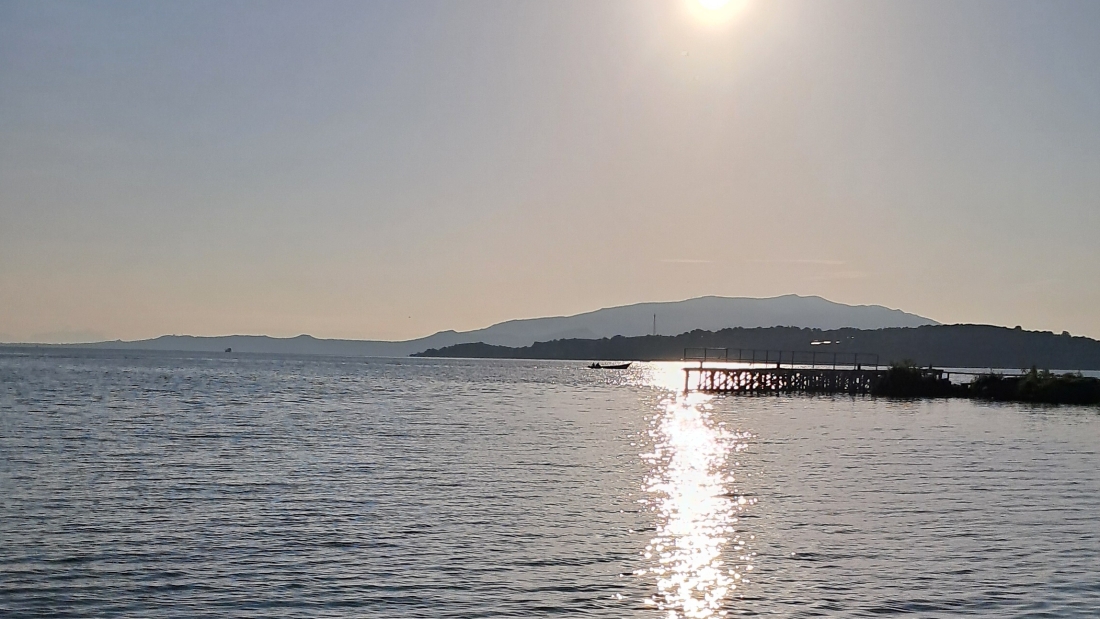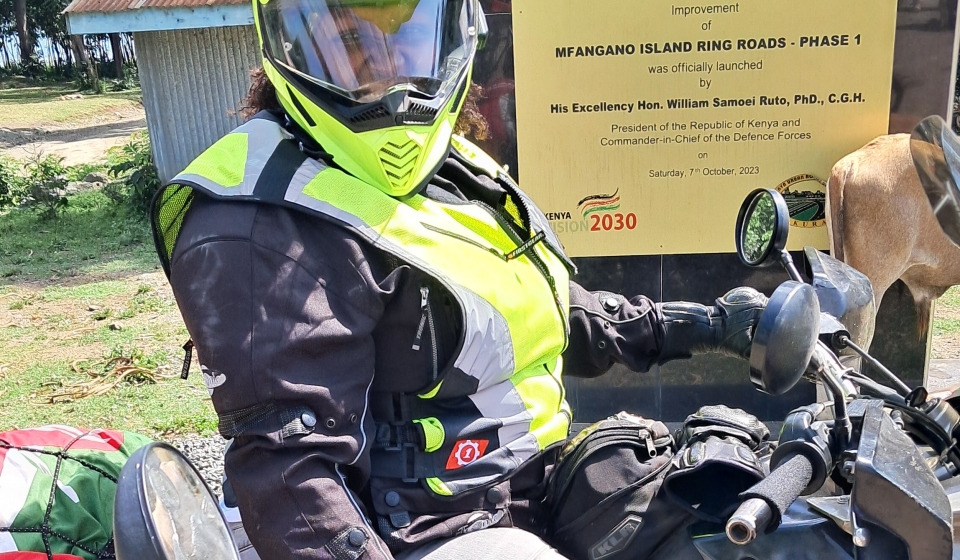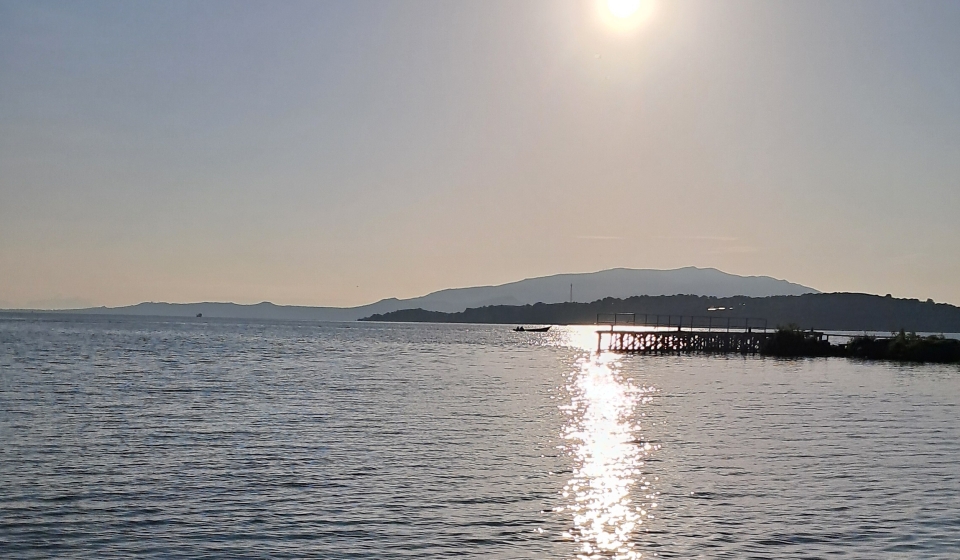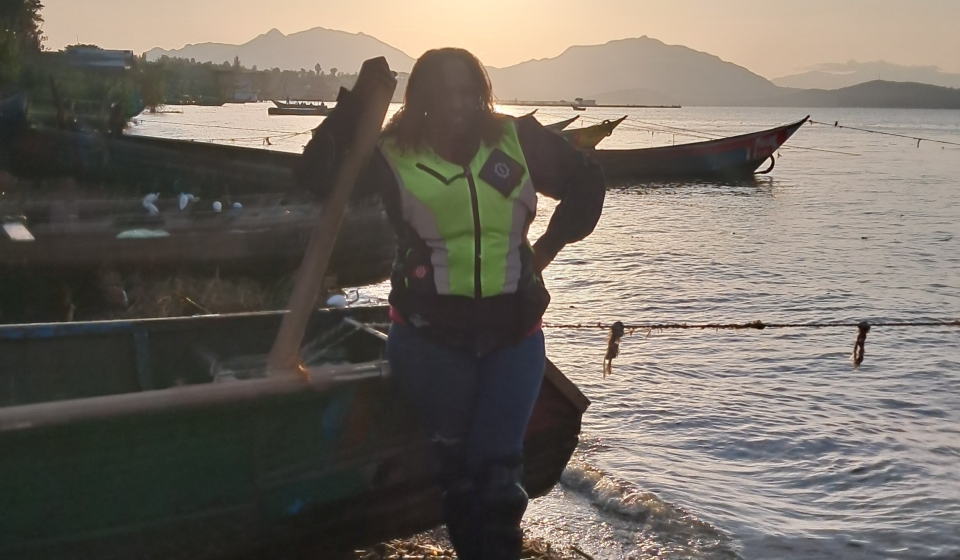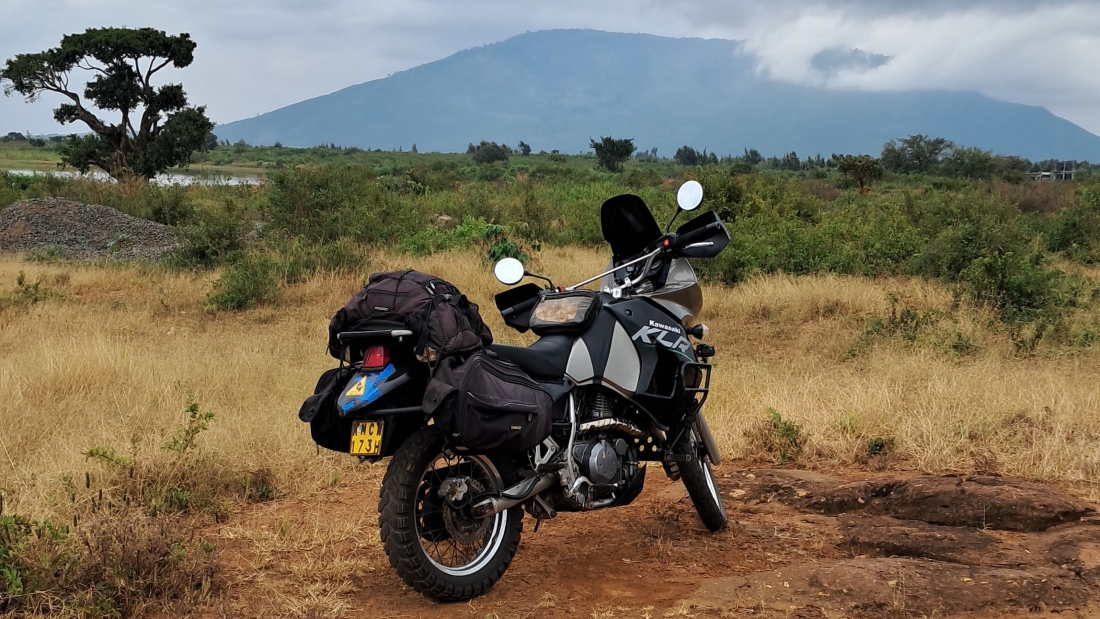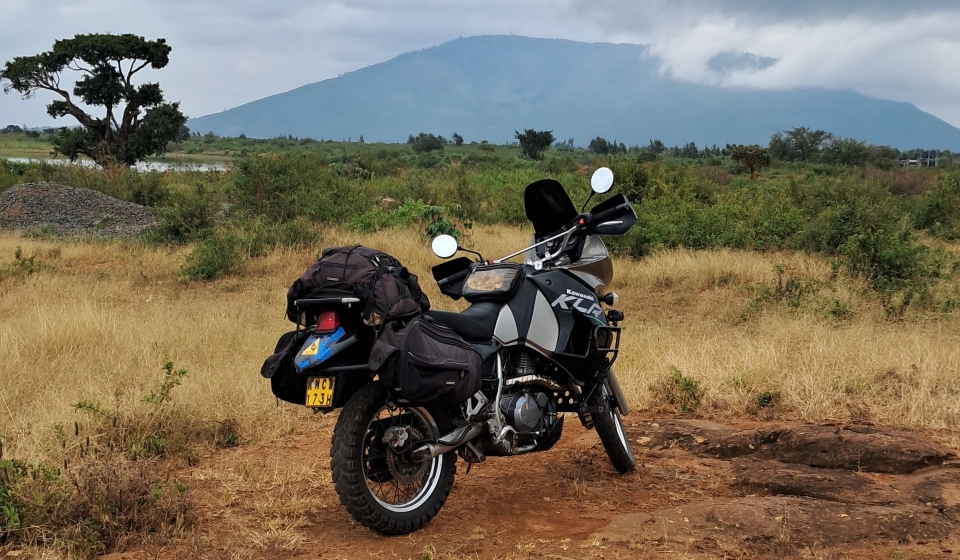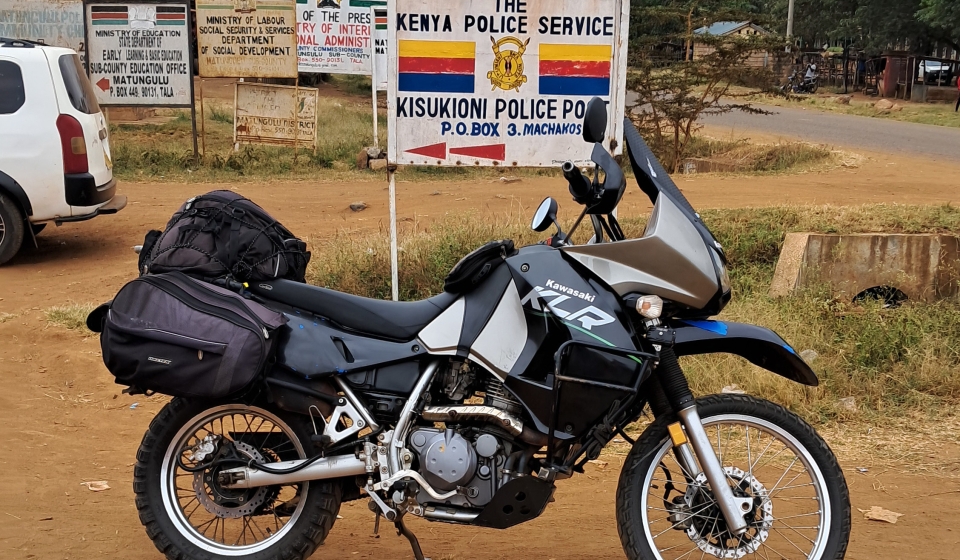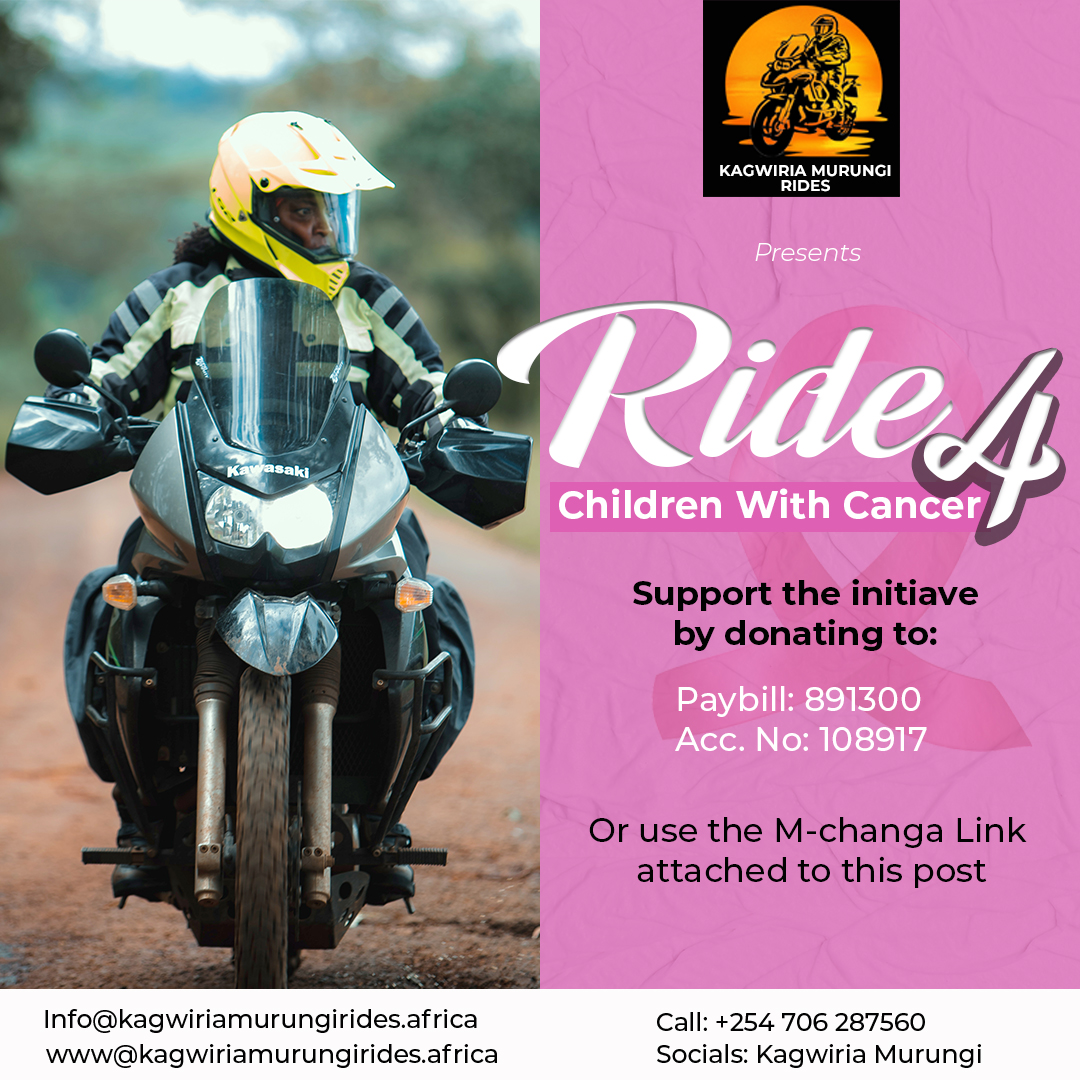



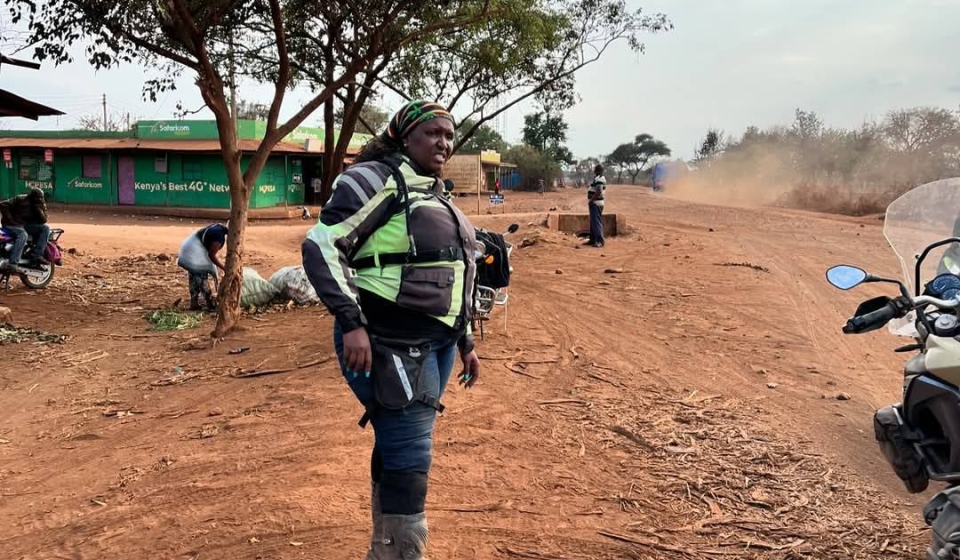
There is a side of my adventures you don’t always get to see, the side that brings me face-to-face with the harsh realities of how remote , remote can be and how far, far truly is. The side that makes privilege an unfamiliar language in many of the places I visit. This is a reality that continually keeps me humble.The drive I have for people-centric adventure rides.
It is children gathering around a fire made from ‘mukoma‘ branches just to read because lighting when they come back from school is a luxury they may never know. It is entire villages depending on aid not as a crutch, but as a lifeline – one that has now been unplugged. The recent halting of international aid has had a ripple effect, exposing deep vulnerabilities. It has led to job losses, left many more exposed to disease and hunger, and unveiled the underbelly of our own inefficiencies. It has forced us to reckon with the consequences of how we vote, how we lead, and how we govern ourselves.
Yet, in the midst of it all, there is uncertainty. Who do we blame? Where do we direct our anger? Aid has always been a double-edged sword – helpful yet, at times, a bandage over wounds that require deeper healing. But what happens when that bandage is abruptly removed? We are left staring at the raw, painful truth: we have not built sustainable structures to stand on our own.
A collapsing economy is not something you can budget around. Flawed leadership is not something you can out-plan. When you wake up to a Monday Nation newspaper with 12 pages of auctions, when businesses fold and families are left stranded, it becomes clear that politics is not just about debate – it affects every plate of food, every hospital bed, every child’s future.
But this is also a wake-up call. It is time for homegrown solutions, and they must come fast. Aid may have stopped, but resilience must begin. What am I doing as a motorcycle adventure rider? I am amplifying these voices. I am bringing these stories to the forefront, showing the world what is happening in the corners we often forget. In the background, we are working day and night to find impactful solutions – solutions that are not just about temporary relief, but about long-term change. Myself and a team of volunteers, we keep knocking doors trying to get solutions. When we come knocking at your door, please hear us out, we have seen devastation untold!
We must stop the misuse of resources. We must rethink our leadership, our policies, and our priorities. We must act. Because, as former President Uhuru Kenyatta once said:
“We have lost more people to bullets fired by Africans upon Africans than we have lost to coronavirus. And we have spent more to kill ourselves than we have spent on protecting our health and our society.”
The question now is – what do we do with this reality?
(These are actual photos from the communities)
Share and re-share


